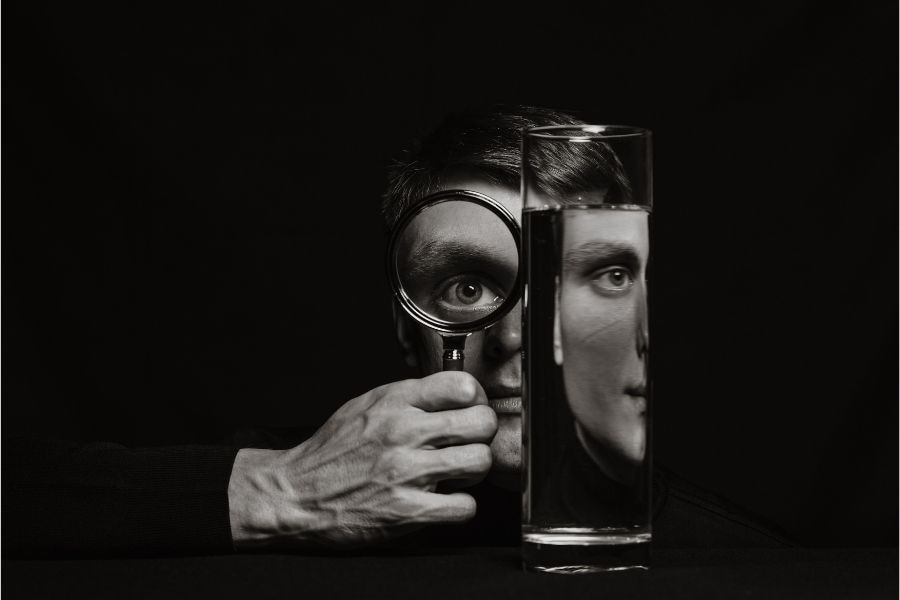
Simply Speaking: Reflection, perspective and clichés—the images we live by
Seeing the world outside from the inside. That's the meaning of true vision. Go down this rabbit hole with these learnings in optics, mirror imagery, perspectives and clichés
 'Every mirror is false,' Malcolm de Chazal reminded us, 'because it repeats something it has not witnessed.' Image: Shutterstock
'Every mirror is false,' Malcolm de Chazal reminded us, 'because it repeats something it has not witnessed.' Image: Shutterstock
'Art must take reality by surprise’ - Françoise Sagan
A monkey can't recognise itself in a mirror, but a chimpanzee can. In that continuum, humans naturally have an even more special relationship with visually conceivable reality.
'Every mirror is false,' Malcolm de Chazal reminded us, 'because it repeats something it has not witnessed.'
Philosophy demands that mirrors should perhaps think before they reflect. There is a concept called the metamir, a metaphysical mirror which doesn’t obey the law of optics but reproduces your image as seen by the person who stands before you. A generally less favourable image than the one normally reflected or the one you would like to project.




